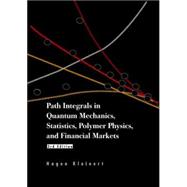In addition to the time-sliced definition, the author gives a perturbative definition of path integrals which makes them invariant under coordinate transformations. A consistent implementation of this property leads to an extension of the theory of generalized functions by def









